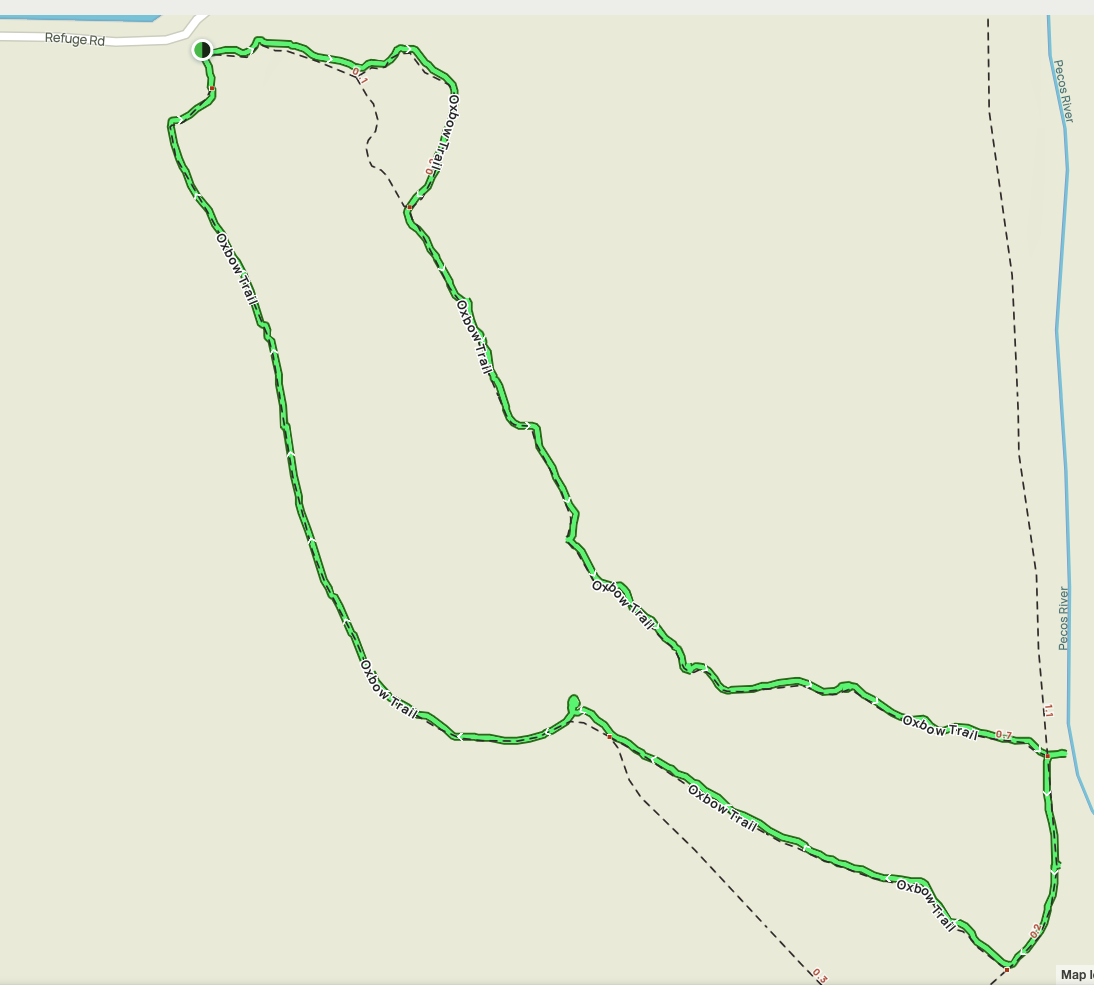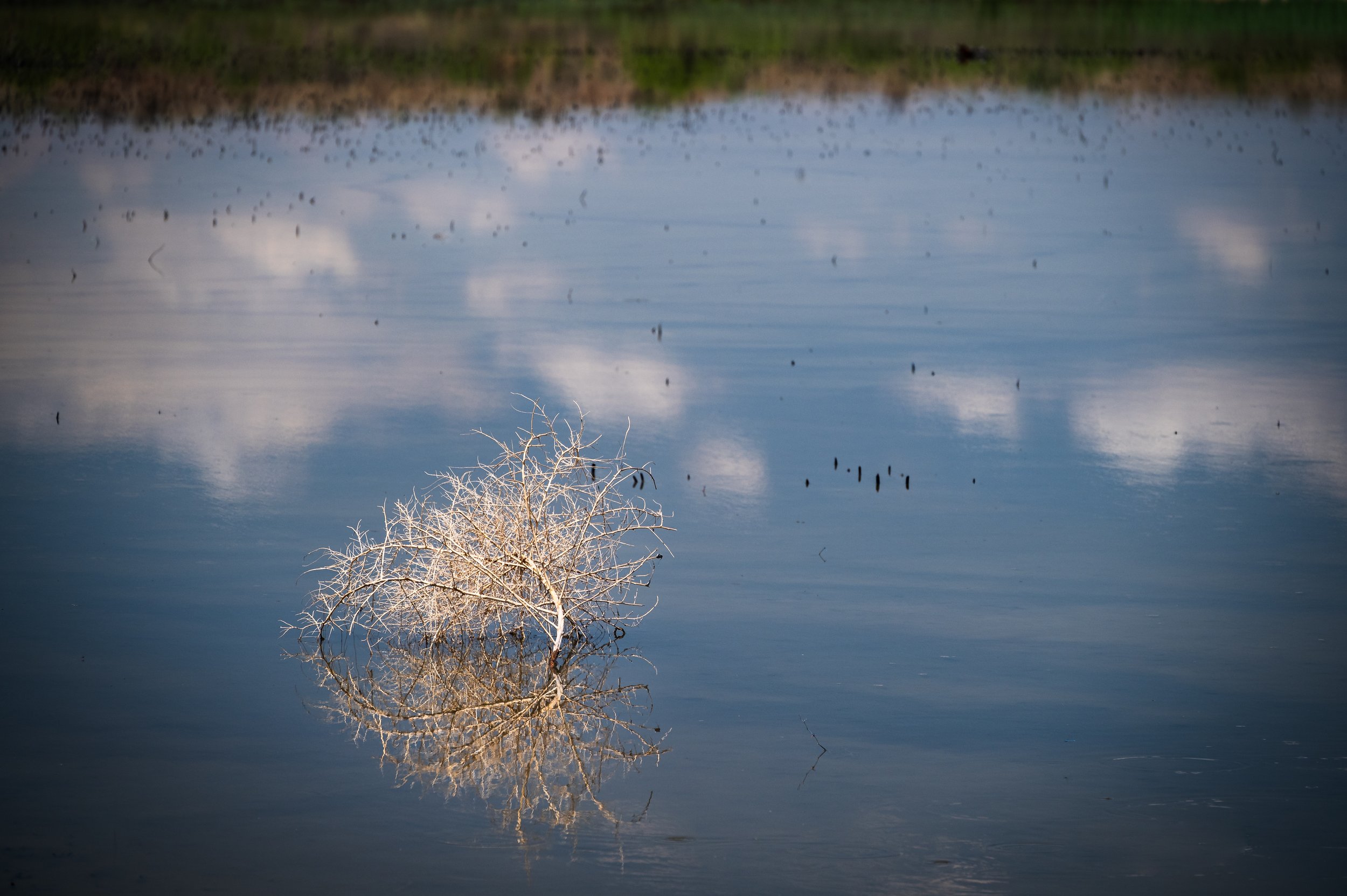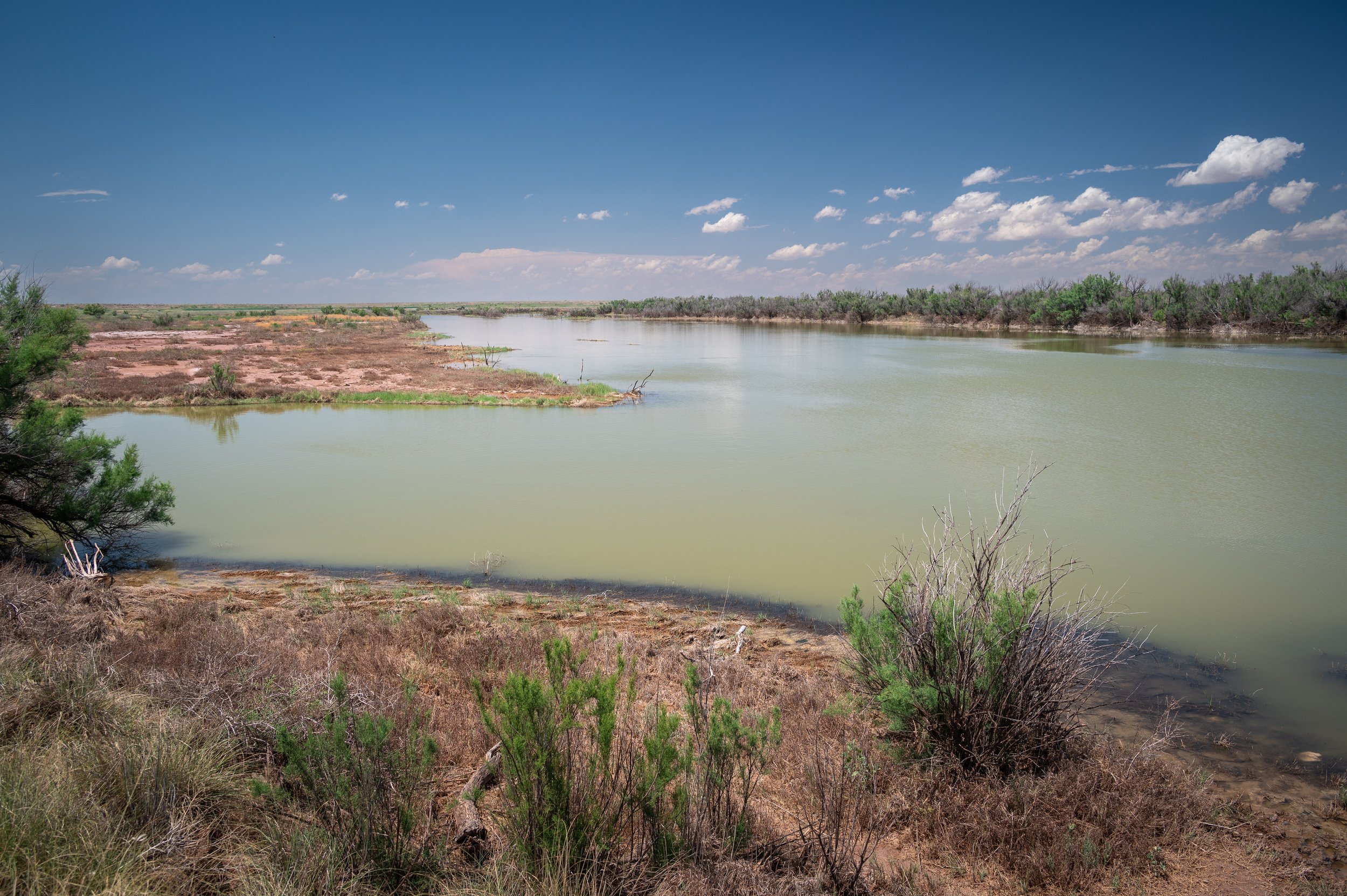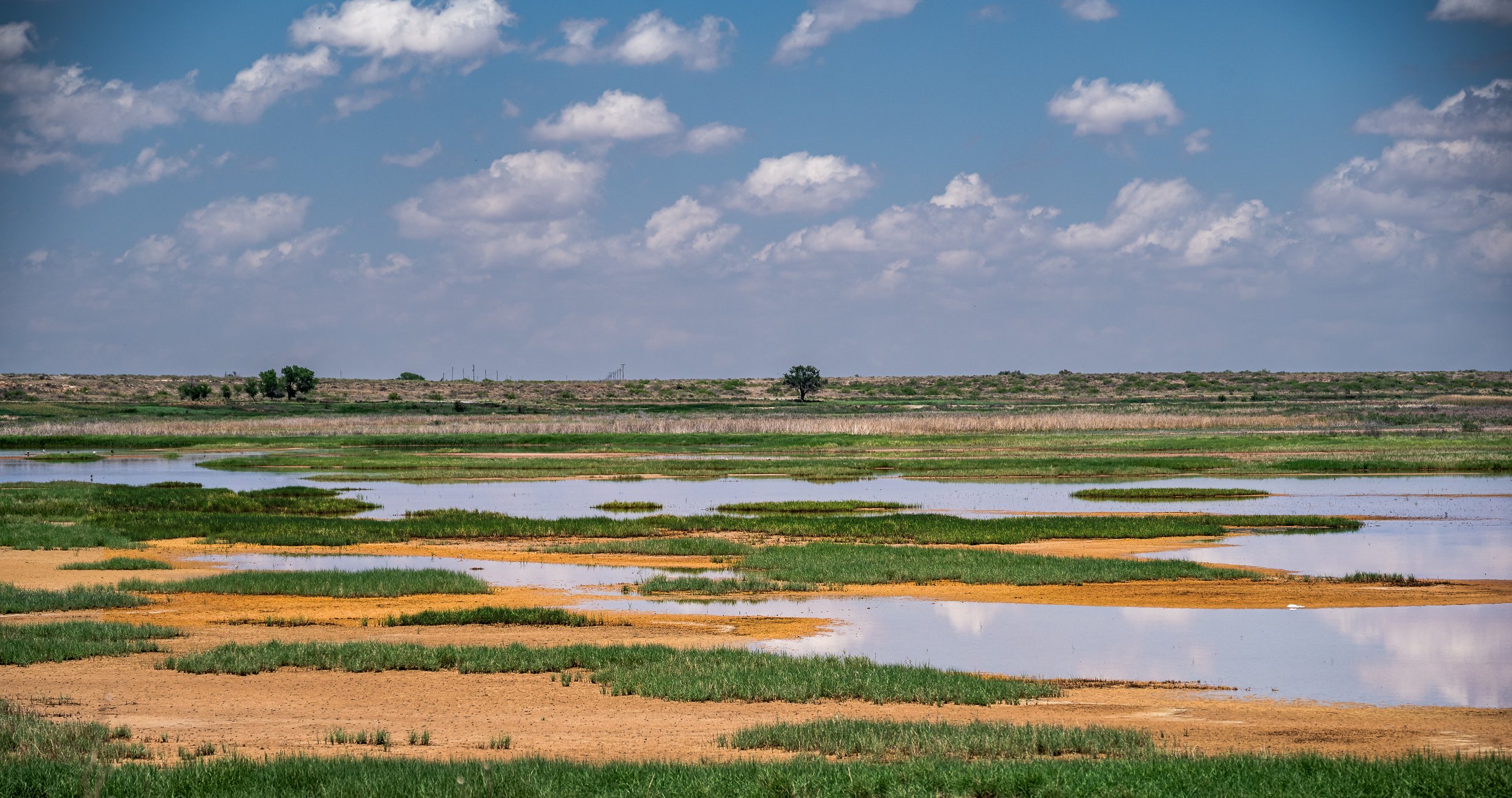Bitter Lake National Wildlife Refuge, New Mexico
Bitter Lake National Wildlife Refuge is truly an oasis in the desert. Watch in awe of more than 26,000 sandhill cranes during fall migration or one of more than 100 species of dragonflies and damselflies dancing in the air.
Located where the Chihuahuan Desert meets the Southern Plains in southeast New Mexico, Bitter Lake National Wildlife Refuge is one of the most biologically significant wetland areas of the Pecos River watershed system. Established in 1937 to provide wintering habitat for migratory birds, the 24,563-acre refuge plays a crucial role in the conservation of wetlands in the southwestern desert. The unusually diverse wetlands combined with its gypsum karst topography support a variety of plant and animal communities that thrive on the refuge. The native grasslands, vegetated sand dunes, brushy bottomlands, and red-rimmed plateaus provide a sharp contrast to the wetlands of Bitter Lake. Bitter Lake National Wildlife Refuge is an oasis in the desert.
Bitter Lake is an ecological crossroad where the Chihuahuan Desert meets short grass prairie, the Pecos River, and the Roswell Artesian Basin. The blending of these different ecological conditions has created some unusual biological conditions. Here you will find wetland-dependent species interacting with desert creatures.
More than 100 species of dragonflies and damselflies (odonates) have been documented on the refuge. The refuge is home to what is considered one of the most diverse populations of odonates in North America. Most of the dragonflies can be seen during the summer months, flitting about and dipping their eggs into the water.
Reference: U.S. Fish & Wildlife Service - Bitter Lake
Visit
Date: June 1, 2023
Visiting Bitter Lake was not part of our original plan but we had two hours to kill before hitting Albuquerque from Carlsbad during the day, so Bitter Lake seemed to be a good choice given its vicinity to the main road. It didn’t disappoint at all.
We parked and stopped at the Visitor Center first, which was nicely built and informative. We toured the exhibition area and watched a 20-minute movie, mainly talking about dragonflies. The geography of this place is very interesting as it has a huge underground reservoir in the middle of the desert. Because of the water supply and its ecosystem in the middle of dry land, many species of birds would make this as a stop during their migration in the fall/winter time.
We drove a loop around the lake. Half way of the loop, in the northeast corner of the area, there was the Oxbow Trail (2.3 mi, easy). We didn’t go for the 0.3 mi short Butterfly Trail due to time. The trail was easy, but could get real muddy and became unworkable. We saw a coyote in the bush, and he/she stared back at us. We also noticed a Killdeer calling out loud and showing off her bright orange tail feather not far from the trail. The middle point was approximately where we saw Pecos River, which was rusty red colored and not that wide. We looped back along the other side of the river. There were a lot of mosquitos, so try to cover up your skin.
I would say fall is probably a better season to visit because there will be more birds in migration including sandhill cranes..
https://www.alltrails.com/trail/us/new-mexico/oxbow-trail

















